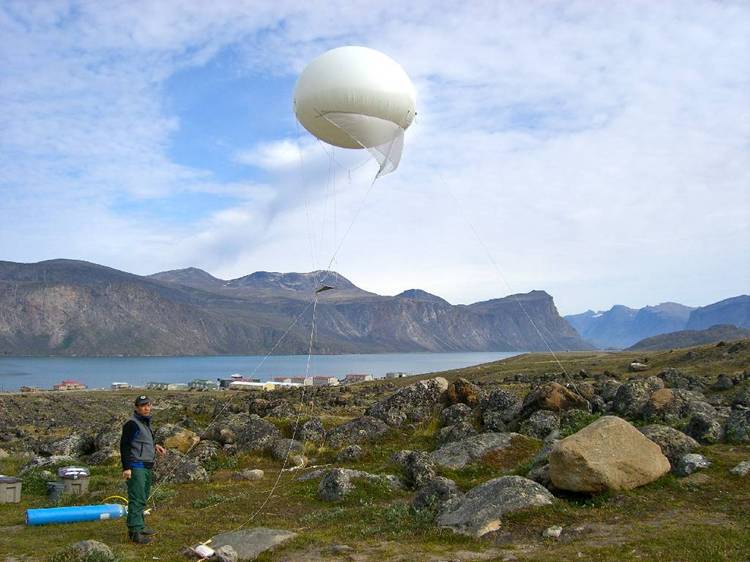October 15, 2010
The Canadian Healthy Oceans Network (CHONe) and the Marine Biodiversity Hub - Uniting marine scientists in Canada and Australia.
 From the glass sponge reefs of the Pacific deep sea, to the depths of the arctic seafloor, to the intertidal landscape of Halifax Harbour, researchers in the Canadian Healthy Oceans Network (CHONe) have gathered together to discover how marine biodiversity knowledge can advise conservation-based policy development in Canada.
From the glass sponge reefs of the Pacific deep sea, to the depths of the arctic seafloor, to the intertidal landscape of Halifax Harbour, researchers in the Canadian Healthy Oceans Network (CHONe) have gathered together to discover how marine biodiversity knowledge can advise conservation-based policy development in Canada.
CHONe is an ongoing strategic partnership between Canadian university researchers and government scientists – predominantly Fisheries and Oceans Canada (DFO) – formed to develop research tools to aid decision-making for the sustainable use of Canada’s three oceans, the Atlantic, Pacific, and Arctic. The Network is funded primarily by the Natural Sciences & Engineering Research Council of Canada (NSERC), with Memorial University and the province of Newfoundland as other major funding partners. Network Director, Dr Paul Snelgrove, and the CHONe administrative team are housed at Memorial University in St. John’s, Newfoundland.
CHONe’s research focuses on three central themes: marine biodiversity, ecosystem function and population connectivity. Researchers working in the marine biodiversity theme are testing hypotheses that link functional and species biodiversity to habitat diversity in frontier areas such as the Arctic and deep water; they are also exploring diversity at multiple taxonomic levels (including cryptic diversity) and as a function of time as revealed by genetic barcode and morphological data.
In the ecosystem function theme, CHONe researchers are seeking to understand and predict the role of biodiversity in marine ecosystem services by quantifying links between biodiversity and ecosystem function measures, and to provide predictive models to help minimize anthropogenic impacts on ecosystem services and health. Research will provide survey tools to collect data more efficiently and new tools for ecosystem modeling and design of conservation strategies.
CHONe projects in the population connectivity theme are evaluating the role of larval dispersal in regional source-sink species dynamics using existing management areas as model systems, and comparing estimates of metapopulation connectivity of marine populations using different metrics of larval dispersal potential.
Collaborations with the Marine Biodiversity Hub will enhance CHONe’s ability to achieve its objectives through the sharing of new research methods on predictive analysis and in decision support. Together, the Hub and CHONe can facilitate the translation of their respective findings into policy and provide students with the opportunity to participate in research exchanges with the Hub.
For more information on CHONe, contact: Kate Wilke, kmwilke@mun.ca or visit http://www.chone.ca
Photo: Dalhousie University/CHONe researchers Jon Grant, Mike Dowd, and Jeff Barrell use a helium-inflated blimp as an aerial photography platform for studying the spatial patterning of intertidal landscapes. Pangnirtung, Baffin Island, Nunavut.
CHONe blimp studying intertidal landscapes
- Log in to post comments
